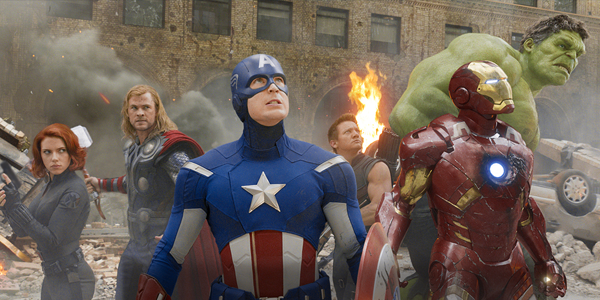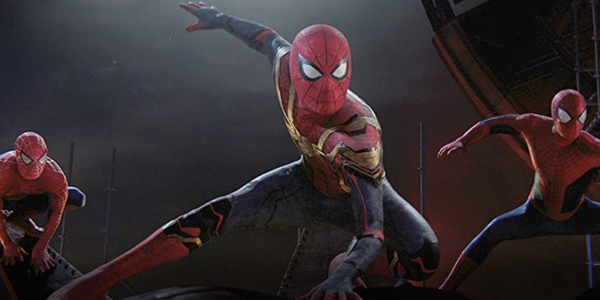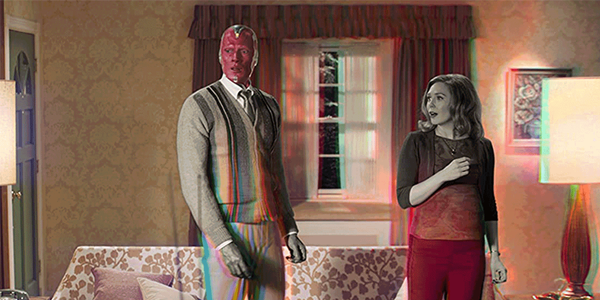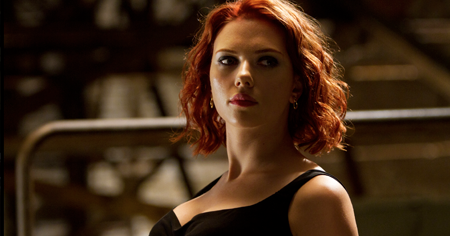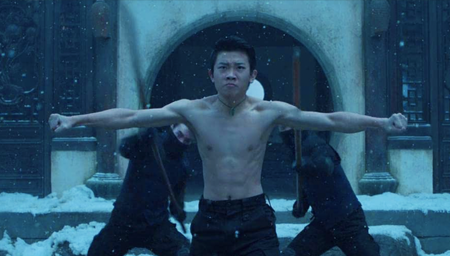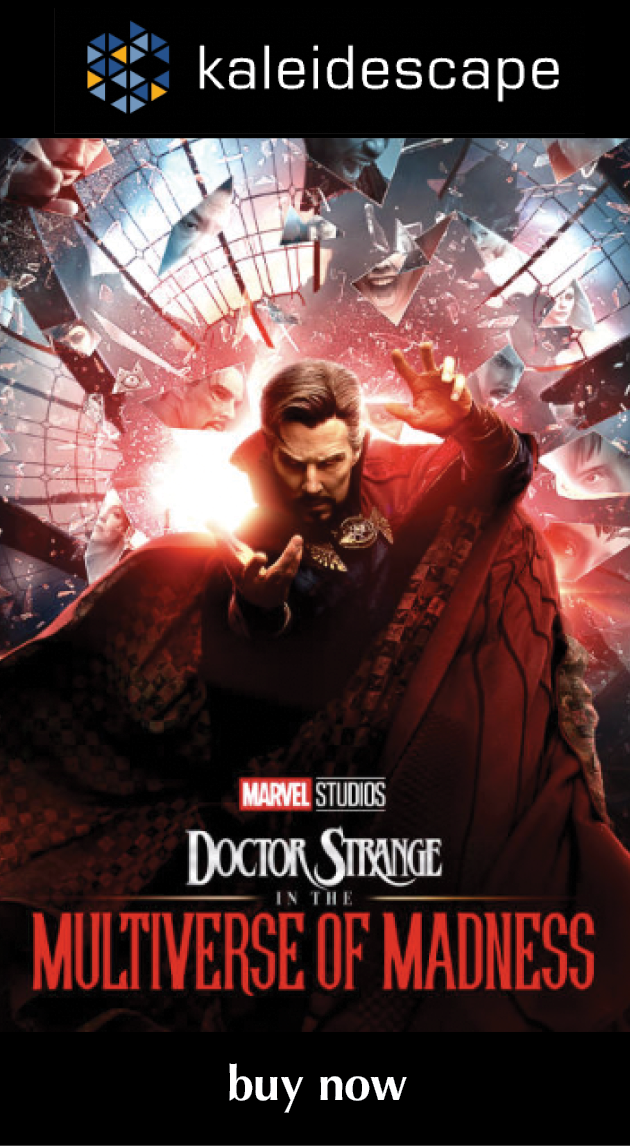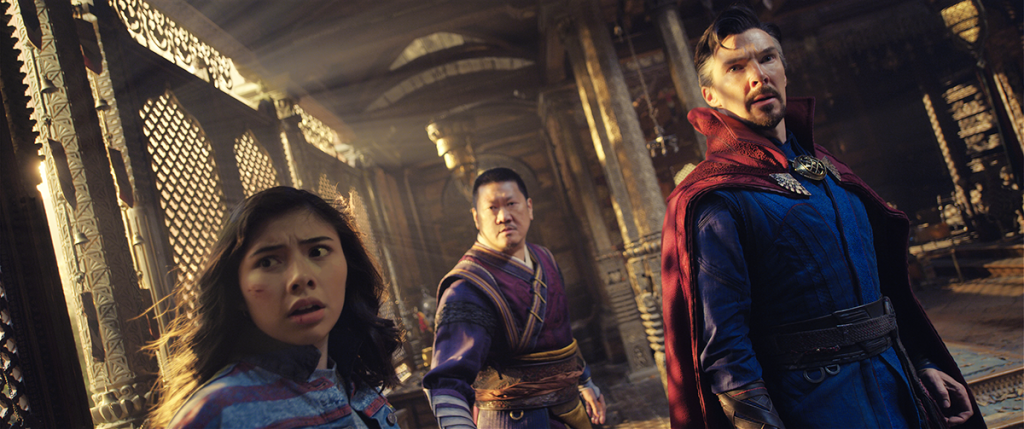
review | Doctor Strange in the Multiverse of Madness
Not the best entry in the MCU but certainly not the worst, Strange makes for a diverting, visually and sonically engaging experience
by John Sciacca
June 24, 2022
Doctor Strange in the Multiverse of Madness is the 34th entry in Disney’s Marvel Cinematic Universe—including series like Loki and Hawkeye on Disney+—with No. 35, Thor: Love and Thunder, set to be the next big release just two weeks from now on July 7. And at this point in the MCU, you’re probably either all in or over it. But, if you happen to be in the middle ground of “take it or leave it” when it comes to superhero fare, read on to see if Multiverse is worth your time.
Sam Raimi is an interesting choice as director. While he certainly has experience with the superhero genre, having directed the Tobey Maguire Spider-Man trilogy (not part of the MCU, though that is possibly debatable after the events of Spider-Man: No Way Home), he also has a strong horror background with a zombie penchant on his résumé, including The Evil Dead 1 and 2, Army of Darkness, and Drag Me to Hell. You can clearly see Raimi leaning into the more frightening and horror elements of Multiverse as the film has an overall dark and sinister tone, with parts feeling like the classic “being chased by an unstoppable monster” horror trope and one very literal zombie. In my review notes, I wrote, “This is less superhero and more supernatural,” so keep that in mind if you have younger or sensitive viewers in your home.
The last time we saw Doctor Strange (Benedict Cumberbatch) was in No Way Home, where he played a fairly significant role. That film certainly introduced us to the concept of the multiverse, opening portals, and traveling between them, and it seemed like it would be a perfect springboard for Multiverse’s plot to leap from, But there in no strong connection to Home and only passing mentions of Spidey. Of course, Thanos’ “snap” from Avengers: Infinity War continues to resonate through the films that have followed and it’s referenced again here, as are other Avengers, helping to make Multiverse feel like part of the bigger story.
While this film can be viewed on its own, getting the most out of it requires some basic knowledge of the MCU. But if you don’t have the time to go back and watch hundreds of hours to catch up, I’ve got you covered. Naturally, the best prep would be to watch Doctor Strange (2016), which introduces you to the title character, explaining his background and how he obtained his powers. This film also includes Wong (Benedict Wong), who is currently Sorcerer Supreme, Strange’s frenemy Baron Mordo (Chiwetel Ejiofor), and provides some context to the relationship between Strange and Dr. Christine Palmer (Rachel McAdams). Since Multiverse is tied so closely to Wanda Maximoff/Scarlet Witch (Elizabeth Olsen), giving Avengers: Age of Ultron a look will introduce you to her. But you could just watch the Disney+ series WandaVision (which this movie is most closely tied to) as it provides far more insight into her powers and motivation. Finally, for some extra credit, you could check out Episodes 1, 4, and 5 of the Disney+ series What If . . ?, as they help flesh out some of the story points. You should also watch No Way Home just because it’s so good and will give you glimpses into the multiverse.
Without spoiling anything, we learn that dreams are actually glimpses of our other selves in the multiverse, and Strange encounters a young girl named America Chavez (Xochitl Gomez) who has the power to open portals and travel between universes. This is a power Wanda desperately wants and she is willing to stop at nothing to get it, and the movie is essentially Strange trying to keep America safe from falling into Wanda’s clutches.
You expect a big-budget (estimated at $200 million) film to look fantastic, and Multiverse doesn’t disappoint. Shot in 8K, the home transfer is taken from a 4K digital intermediate, and images are clean, sharp, and detailed. The movie is filled with captivating visuals and effects, and it’s just cool to watch. A couple of noteworthy scenes include when Strange and America take a mind-bending genre and style trip through the multiverse (pre-bookmarked on the Kaleidescape download as “A Multiverse Escape”) that you’ll want to rewatch and pause your way through to fully appreciate, a puzzle “fun house” room in the Kamar-Taj, and a crumbling universe with physics-bending buildings that is reminiscent of the dream collapsing in Inception or the Mirror Dimension in No Way Home.
While closeups give plenty of facial detail—perhaps a little too much, as some of the eye makeup on one character near the end was a little too obvious—or letting you see single, wispy white strands of hair on the sides of Strange’s head, what really struck me were the fine details and texture in costumes. During an early wedding, Strange’s white dress shirt has a clear, fine pebbled texture, and you can also see the intricacy in Wong’s robes and Strange’s cape, err, I mean cloak. Black levels are also nice, deep, and clean, delivering full, pitch-black levels on my OLED.
The magic elements and effects cast from Strange, Wong, and Wanda in glowing yellow or sizzling red, along with the brilliant white star-shaped portals opened by America, are the perfect fodder for HDR, making for bright, vibrant images. Another scene has deeply saturated reds from a glowing landscape conjured by Wanda. Exterior day scenes in New York, the Kamar-Taj, or Earth-838 also look appropriately punchy. There are also a lot of dark interiors that benefit from nice, realistic shadow detail.
There has been a lot of grumbling over Disney’s less-than-impressive sound mixes for the home market, but the lossless Dolby TrueHD Atmos track here is deep, powerful, immersive, and engaging. Objects are frequently thrown overhead, or reach far off into the side walls and corners of the room, or fly up to impact high on the front wall. There is a mirror room where Wanda throws a fireball blast that bounces all around the room, or a collapsing building where there is the steady dripping of water all around, followed by the crunching and crumbling of concrete overhead and splintering out around the room. Another really creative moment is a battle with enchanted musical notes as the weapons (bookmarked on the Kaleidescape download as “A Strange Musical Duel”), with sonic notes traveling around the room.
As mentioned, there are some definite horror elements here, and the sound mix picks up on that as well with strange creaks and groans in a house that sonically reminded me a bit of It. Bass can also be loud and dynamic, with room-rumbling and couch-energizing low end.
Doctor Strange in the Multiverse of Madness isn’t the best nor is it the worst of the MCU entries. While the story is a bit thin, the movie is certainly entertaining, filled with engaging visuals and packing a dynamic surround mix that will show off your system. Raimi’s style might also appeal to viewers not traditionally fans of superhero films. Plus, there are some really interesting character crossovers—including a new character’s introduction in the now requisite MCU mid-credits scene—that could point the way to future installments in the franchise.
Probably the most experienced writer on custom installation in the industry, John Sciacca is co-owner of Custom Theater & Audio in Murrells Inlet, South Carolina, & is known for his writing for such publications as Residential Systems and Sound & Vision. Follow him on Twitter at @SciaccaTweets and at johnsciacca.com.
PICTURE | The movie is filled with captivating visuals, and the magic elements and effects cast from Strange, Wong, and Wanda are perfect fodder for HDR, making for bright, vibrant images
SOUND | The lossless Atmos track is deep, powerful, immersive, and engaging, with room-rumbling and couch-energizing bass
© 2025 Cineluxe LLC


